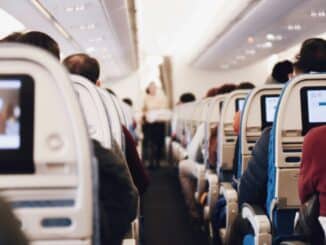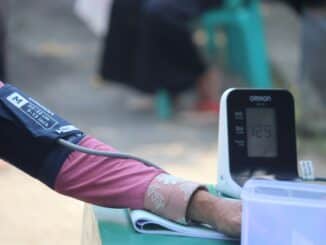
AIrlines
How to Get Travel Insurance Claims Settled
Travel Insurance Claims Most people don’t really read their travel insurance policy until they need to make a claim on it, and then it can often present one or two nasty surprises. People get very […]


